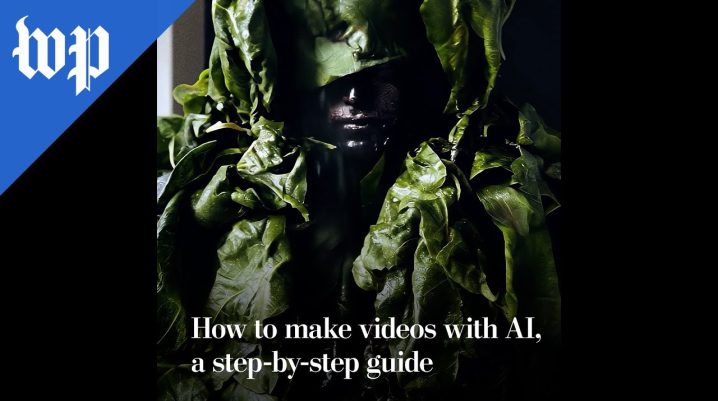
-Today I had spinach and eggs
for lunch, so I'm going to generate
a wilting spinach monster. The first thing that I need
is some good training data. So here I'm just taking pictures
of my spinach with my iPhone as I'm cooking, and I'm
looking for a variety of images that can teach the model
different concepts related to spinach. Once I have all
the pictures taken, I need to write captions
for all of them and I could write
all the captions manually, but I built a tool
that uses other AI models to look at every image and automatically generate
captions for them. Then, once I have all the images
and captions paired together, I've built a data set and it's
time to train the model.
It takes about 45 minutes
to fully compute, and then, once the model is
trained, I can start testing it. I can see that this is working
pretty well out of the box. Now I start getting a little bit
more creative with the prompt. Two unsettling mannequins
made of spinach standing
in an abandoned farmhouse with deadpan facial expressions,
tilted heads, gaping mouths,
and intense gazes. Now that I have all the images,
it's time to bring them to life. This agent is working for me, taking my executive direction, breaking that down
into technical instructions, and thinking creatively about
how to achieve its goal. So what I'll do is
I'll bring all the video clips into the edit, along with
some generated horror music, and I'll cut that
into the finished piece. And the final step
of the process is to run the edit
through my semi-automated post-production pipeline, and this will
automatically upscale the video to higher resolution. It smooths out the motion, it does color correction
to balance the tones, and then it adds cinematic
vignette and film grain for the final polished look.
And that's the complete pipeline
from spinach on my cutting board to a
horror reel in about four hours..






